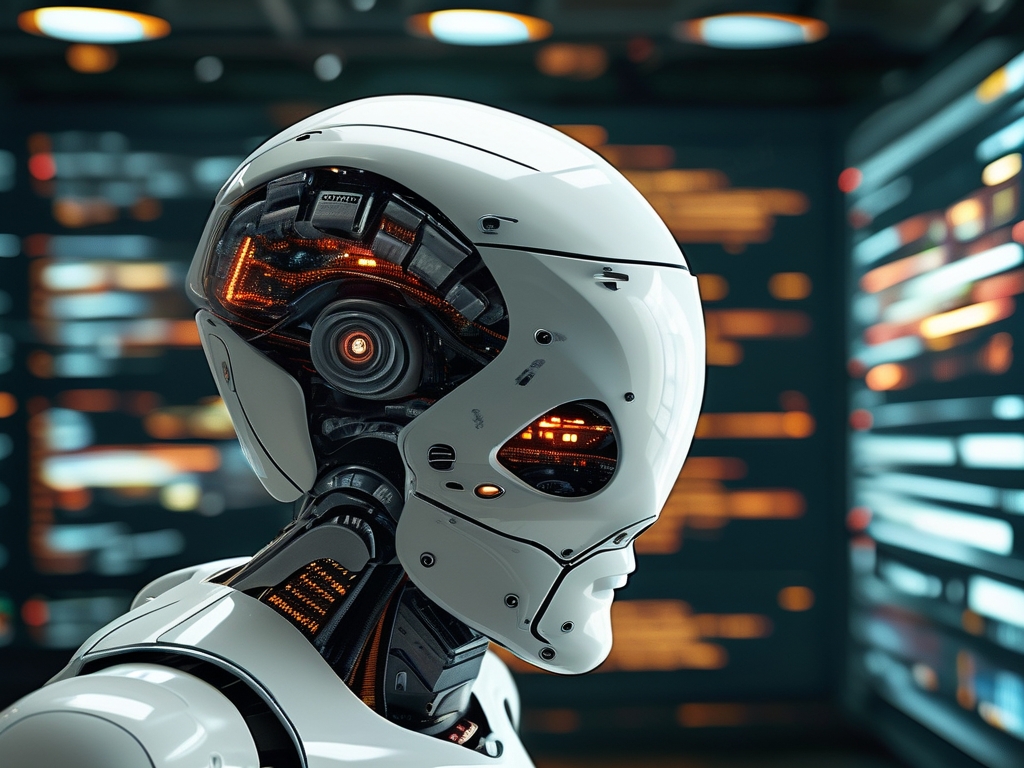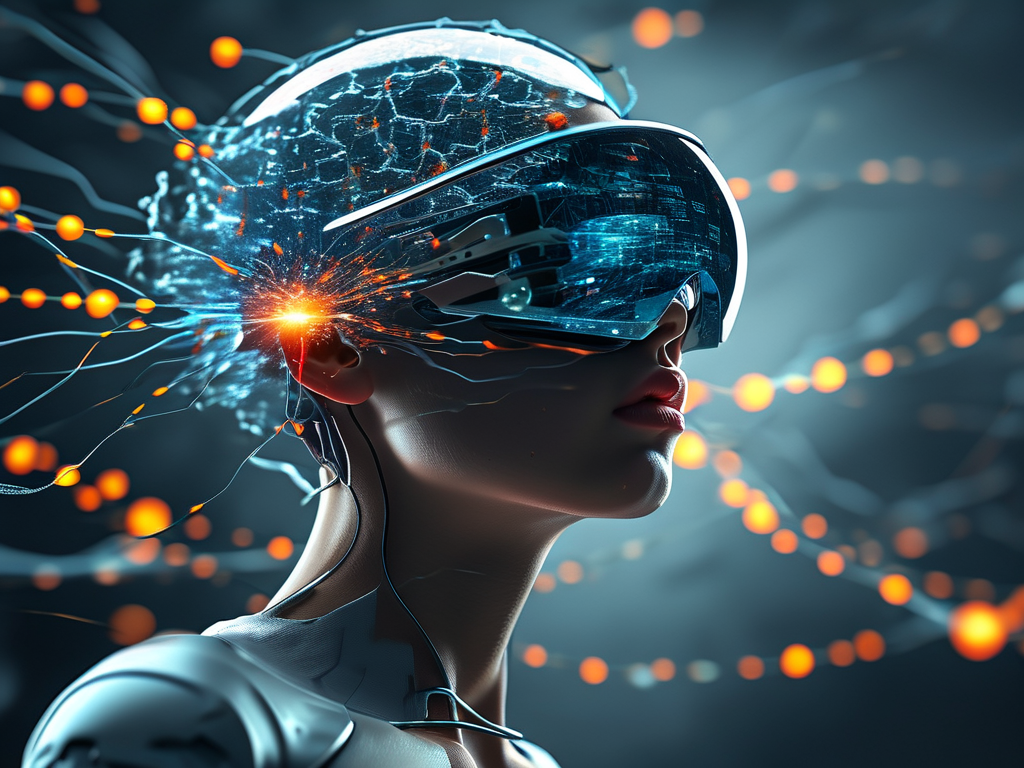Artificial intelligence (AI) has revolutionized industries by enabling machines to learn from data and make decisions. At the core of this transformation lie algorithms—mathematical frameworks that guide how models process information, identify patterns, and improve over time. This article explores some of the most widely used algorithms in AI training, highlighting their unique characteristics and applications.

Neural Networks: The Backbone of Deep Learning
Neural networks mimic the human brain’s structure, consisting of interconnected layers of nodes (neurons). These algorithms excel in tasks requiring pattern recognition, such as image classification and natural language processing (NLP). Training a neural network involves adjusting weights through backpropagation, where errors are propagated backward to refine predictions. For example, convolutional neural networks (CNNs) specialize in analyzing visual data by detecting edges, textures, and shapes. Below is a simplified code snippet for a neural network using TensorFlow:
import tensorflow as tf
model = tf.keras.Sequential([
tf.keras.layers.Dense(128, activation='relu'),
tf.keras.layers.Dense(10, activation='softmax')
])
model.compile(optimizer='adam', loss='sparse_categorical_crossentropy')
Random Forest: Harnessing Ensemble Learning
Random forest algorithms combine multiple decision trees to improve accuracy and reduce overfitting. Each tree is trained on a random subset of data, and final predictions are made by aggregating results (e.g., majority voting). This method is particularly effective for tabular data, such as predicting customer churn or diagnosing medical conditions. Its robustness against noise makes it a favorite in industries like finance and healthcare.
Support Vector Machines (SVM): Precision in Classification
SVMs identify hyperplanes that optimally separate data points into classes. By maximizing the margin between classes, these algorithms deliver high accuracy in tasks like text categorization and bioinformatics. Kernel functions, such as radial basis functions (RBF), enable SVMs to handle non-linear relationships. For instance, in facial recognition systems, SVMs classify features extracted by other algorithms into distinct identities.
Gradient Boosting: Iterative Refinement for Better Results
Gradient boosting builds models sequentially, with each new model correcting errors from its predecessor. XGBoost and LightGBM are popular implementations that dominate machine learning competitions. These algorithms shine in scenarios requiring precise predictions, such as click-through rate forecasting or anomaly detection. Their ability to handle missing data and outliers further enhances their practicality.
Clustering Algorithms: Unsupervised Learning in Action
Unlike supervised methods, clustering algorithms like K-means and DBSCAN group unlabeled data based on similarity. Retailers use these techniques for market segmentation, while cybersecurity teams apply them to detect unusual network activity. For example, K-means partitions customers into clusters for targeted marketing campaigns, improving ROI by tailoring strategies to specific groups.
Challenges and Future Directions
While these algorithms drive AI advancements, challenges persist. Training complex models demands significant computational resources, and biases in training data can lead to skewed outcomes. Researchers are now focusing on federated learning to enhance privacy and transformer-based models for better contextual understanding. As AI evolves, hybrid approaches—combining multiple algorithms—will likely dominate, offering solutions that balance speed, accuracy, and interpretability.
In , the choice of algorithm depends on the problem’s nature, data type, and desired outcome. From neural networks to gradient boosting, each method brings unique strengths to the table. By understanding their mechanics and applications, practitioners can harness AI’s full potential to solve real-world challenges.







